Waterax striker 2/3 User manual
Other Waterax Water Pump manuals

Waterax
Waterax BB-4 Series User manual

Waterax
Waterax B2X-18 User manual

Waterax
Waterax B2X User manual

Waterax
Waterax BB-4MD User manual

Waterax
Waterax Versax User manual
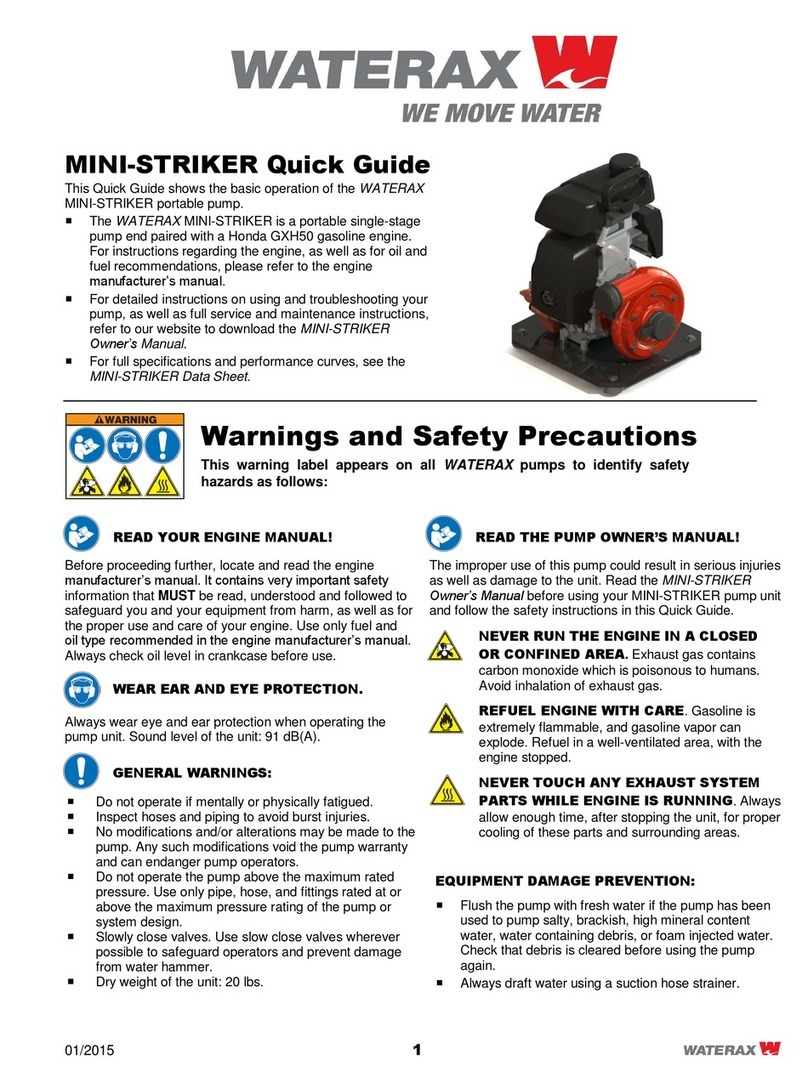
Waterax
Waterax Mini-striker series User manual
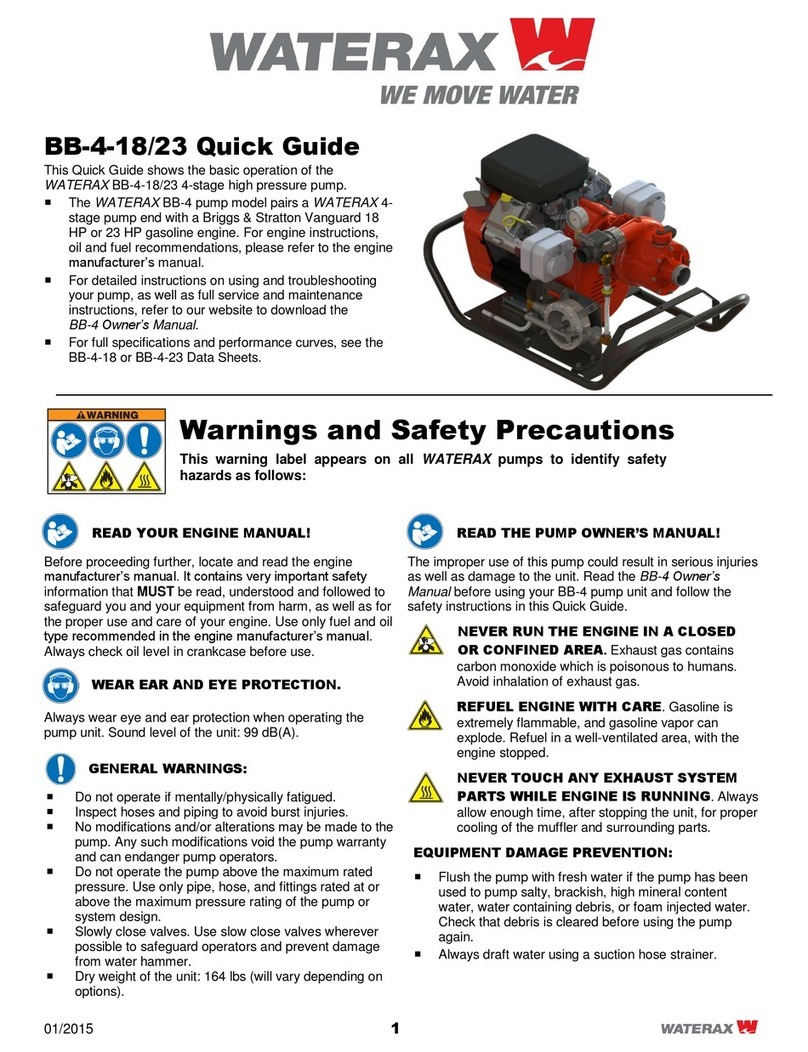
Waterax
Waterax BB-4-18/23 User manual

Waterax
Waterax BB-4-D902 User manual
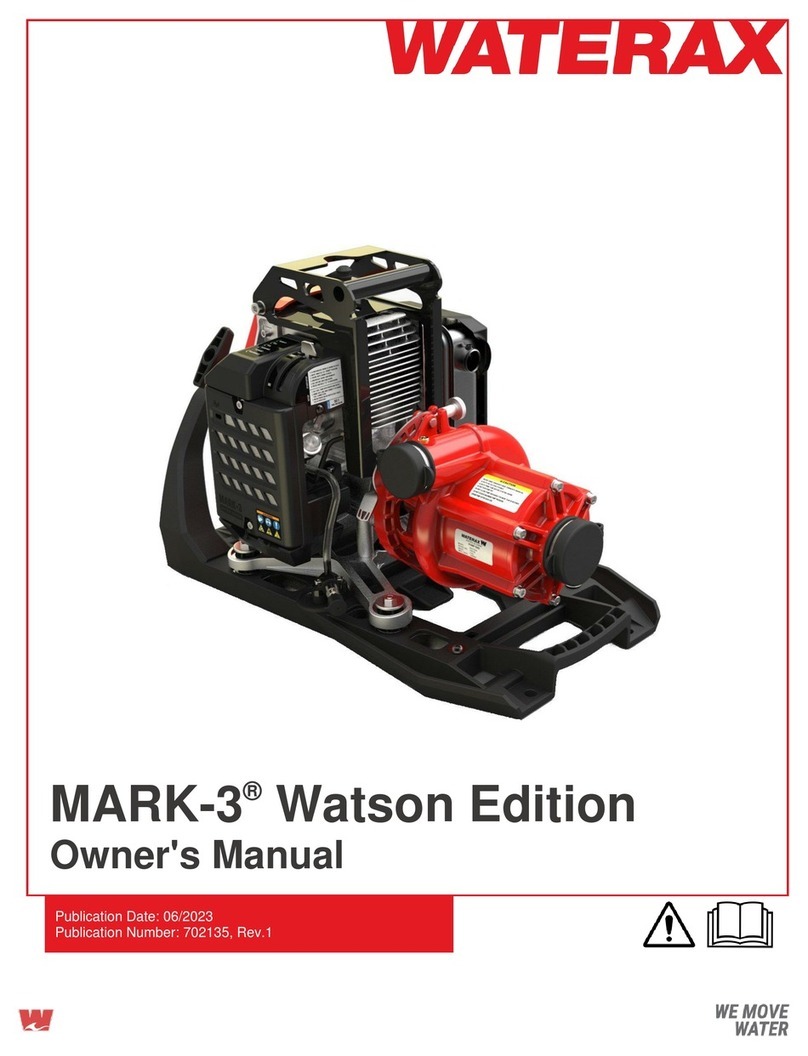
Waterax
Waterax MARK-3 User manual
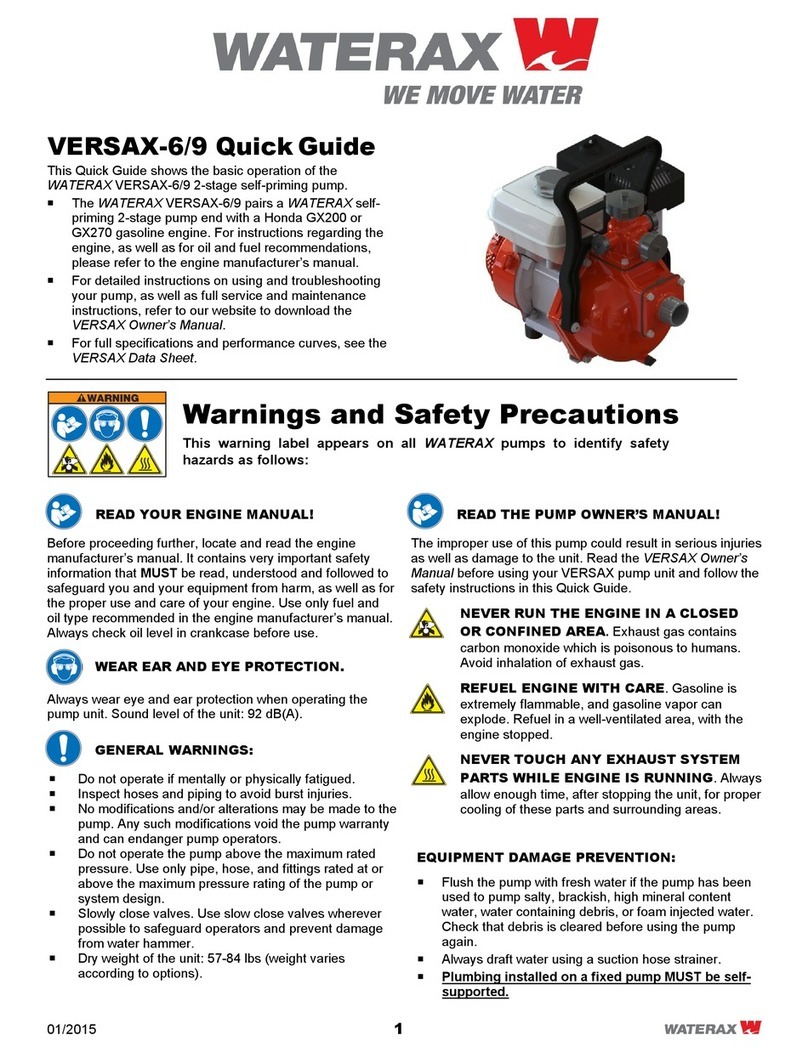
Waterax
Waterax VERSAX-6/9 User manual
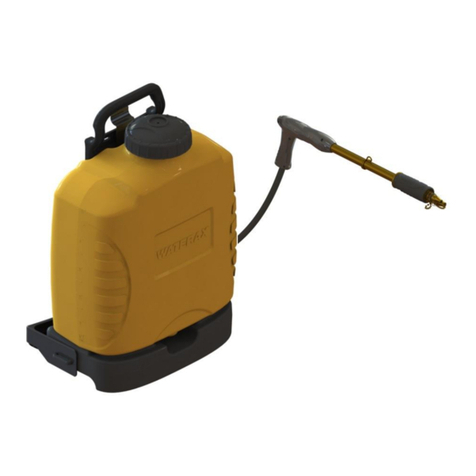
Waterax
Waterax OT-4NX User manual

Waterax
Waterax BB-4-18 User manual

Waterax
Waterax MINI-STRIKER MSTR-P User manual

Waterax
Waterax BB-4-21 User manual
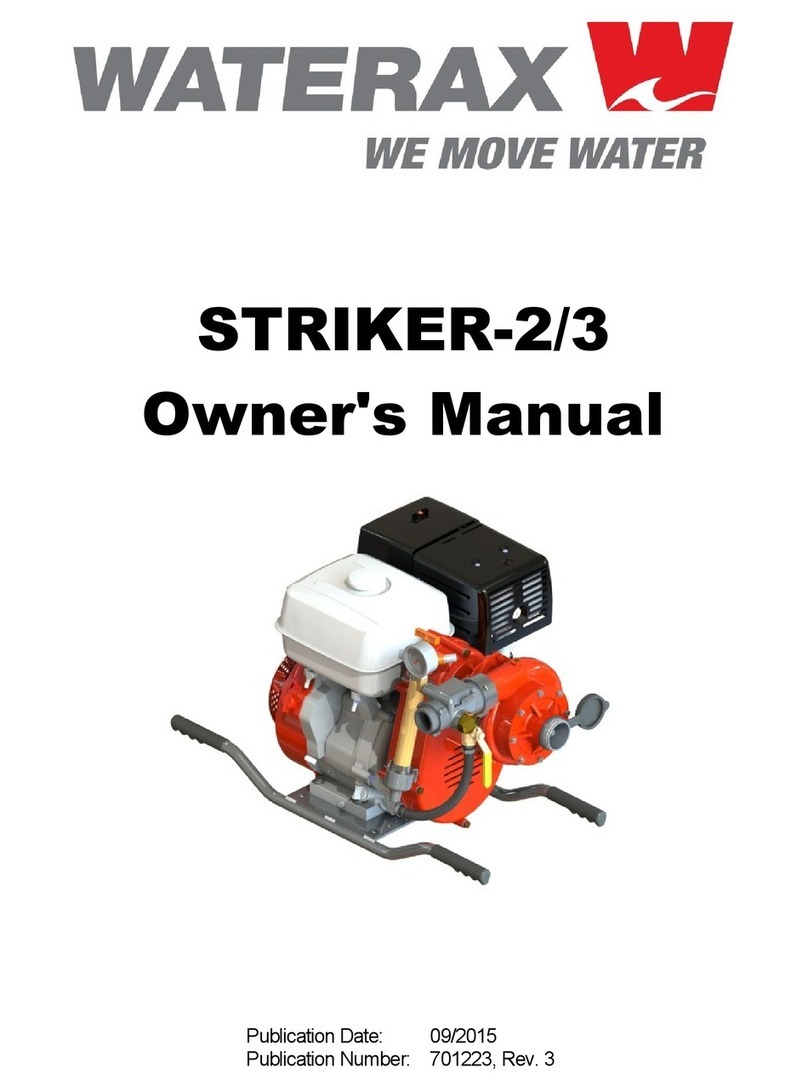
Waterax
Waterax STRIKER-2/3 User manual

Waterax
Waterax STRIKER-II Series User manual
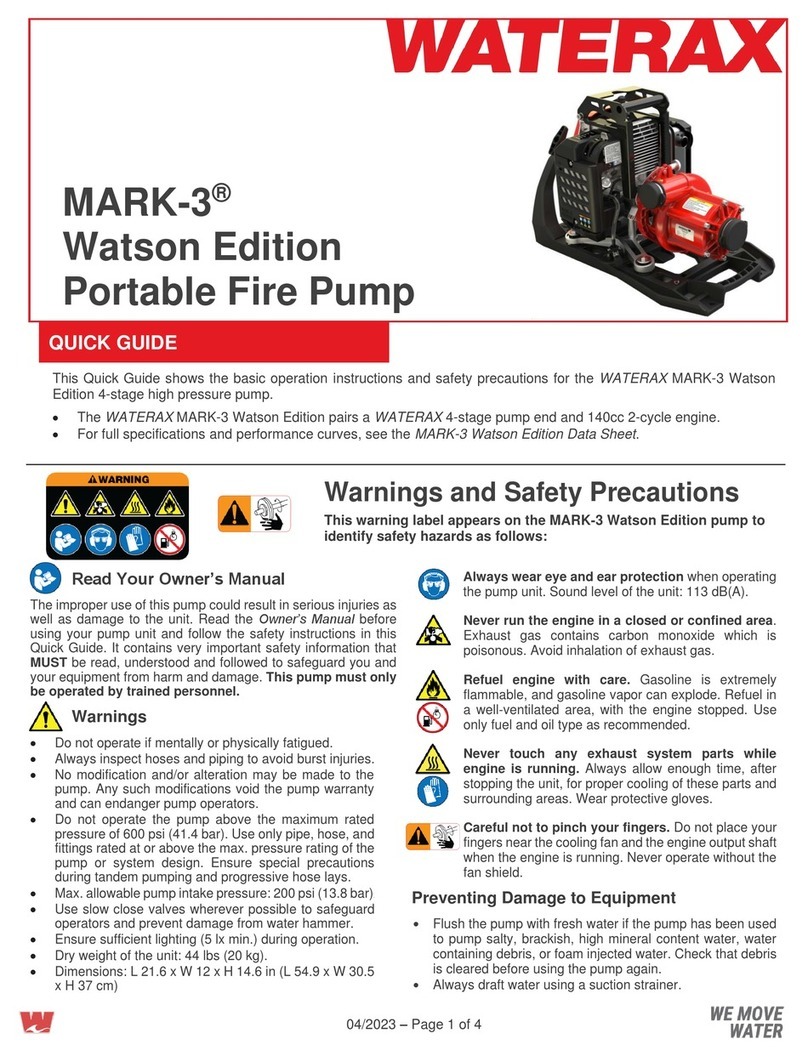
Waterax
Waterax MARK-3 User manual

Waterax
Waterax MARK-3 User manual
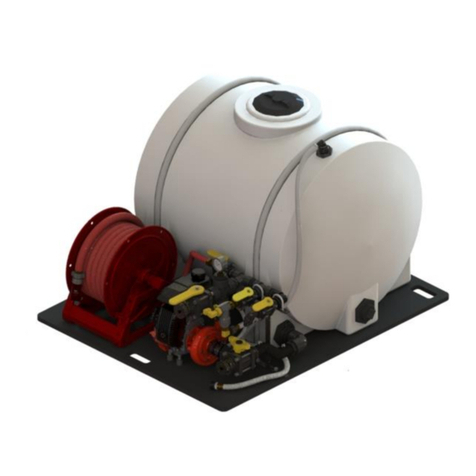
Waterax
Waterax RANCHER Series User manual
Popular Water Pump manuals by other brands

Wilden
Wilden Original Series Engineering, operation & maintenance
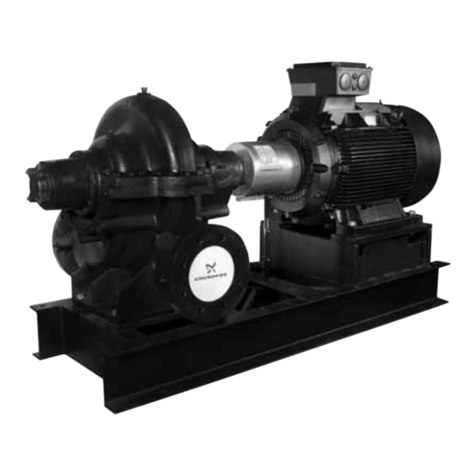
Grundfos
Grundfos LS Series Installation and operating instructions
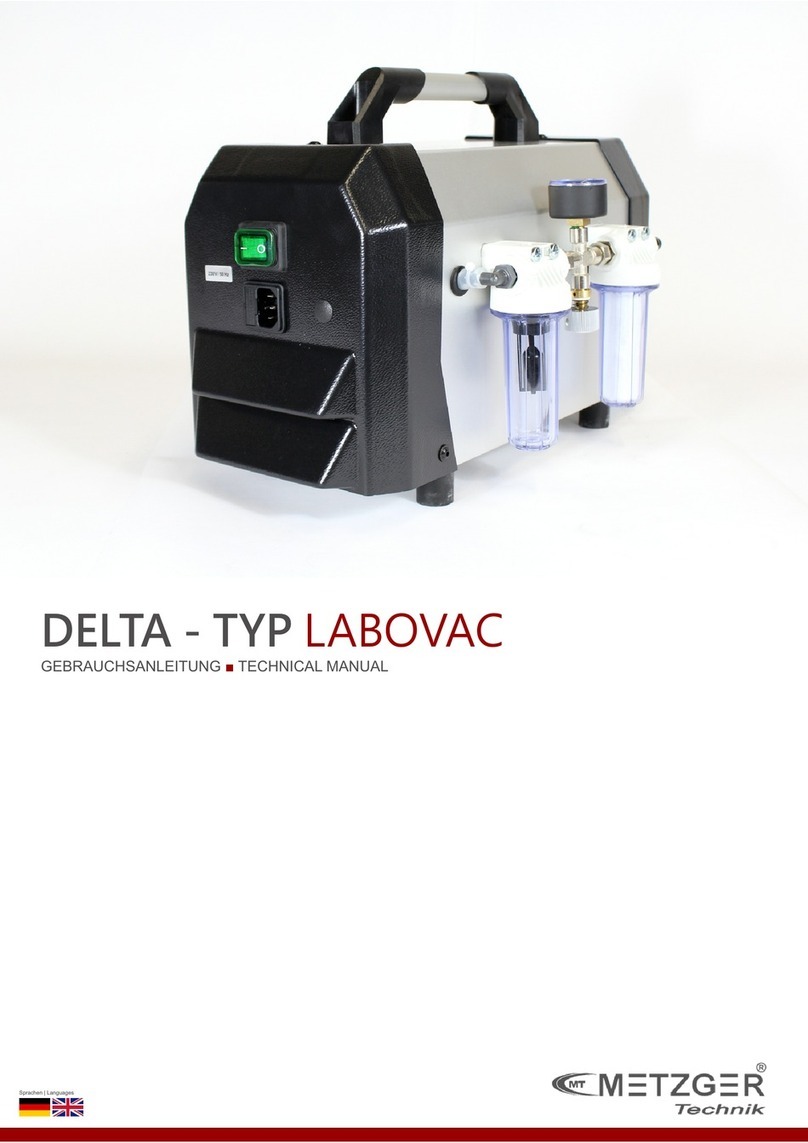
METZGER
METZGER DELTA LABOVAC Technical manual

Becker
Becker VXLF 2.400 operating instructions
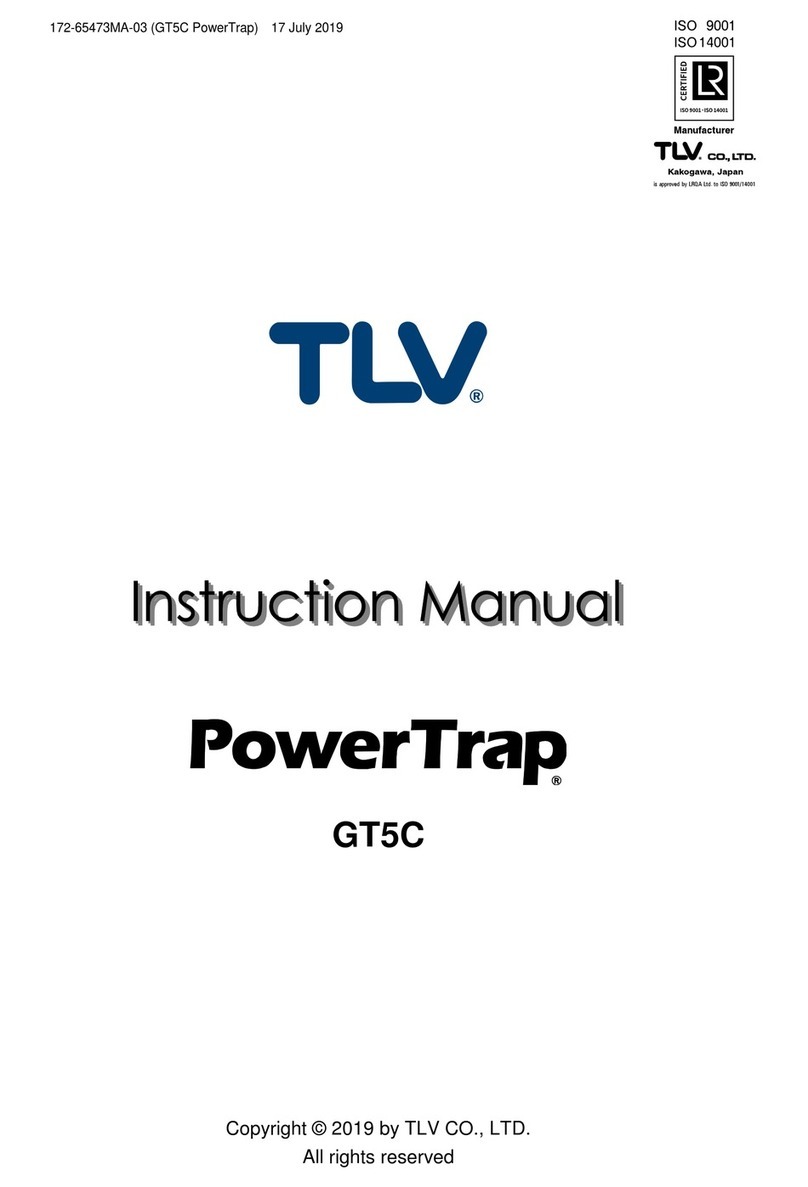
TLV
TLV PowerTrap GT5C instruction manual
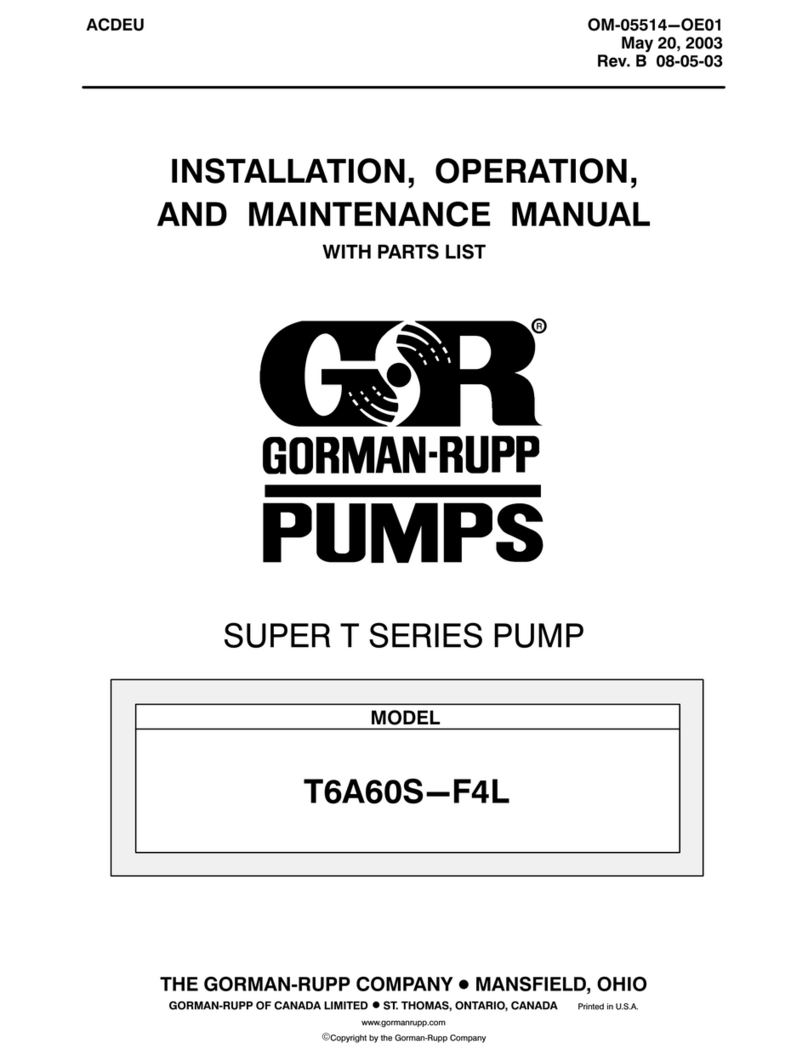
GORMAN-RUPP
GORMAN-RUPP SUPER T6A60S F4L Installation, operation and maintenance manual

Simple Pump
Simple Pump 100 installation instructions
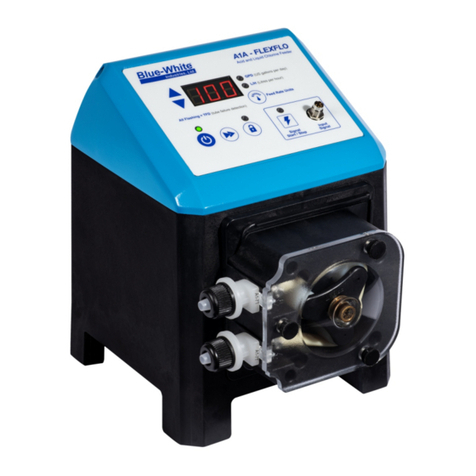
Blue-White
Blue-White FLEXFLO A1A Series operating manual

caprari
caprari K 065F Series Use and maintenance instructions

Wilden
Wilden PS Stallion Series manual
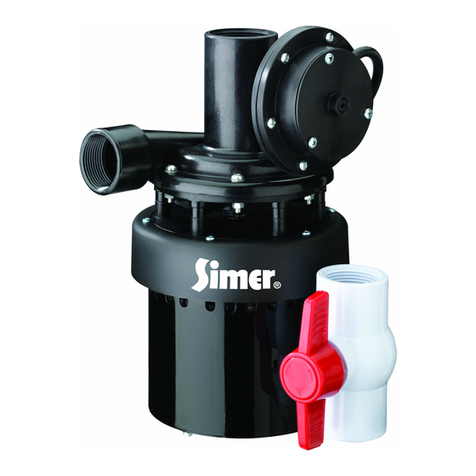
Simer
Simer 2935B owner's manual
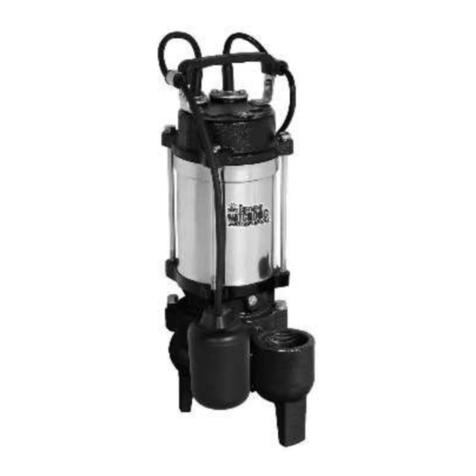
Glentronics
Glentronics SW-50T Instruction manual & safety warnings
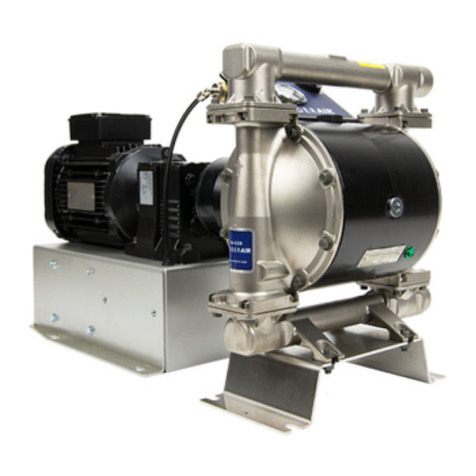
VERDER
VERDER VERDERAIR VA-EH50 Operation
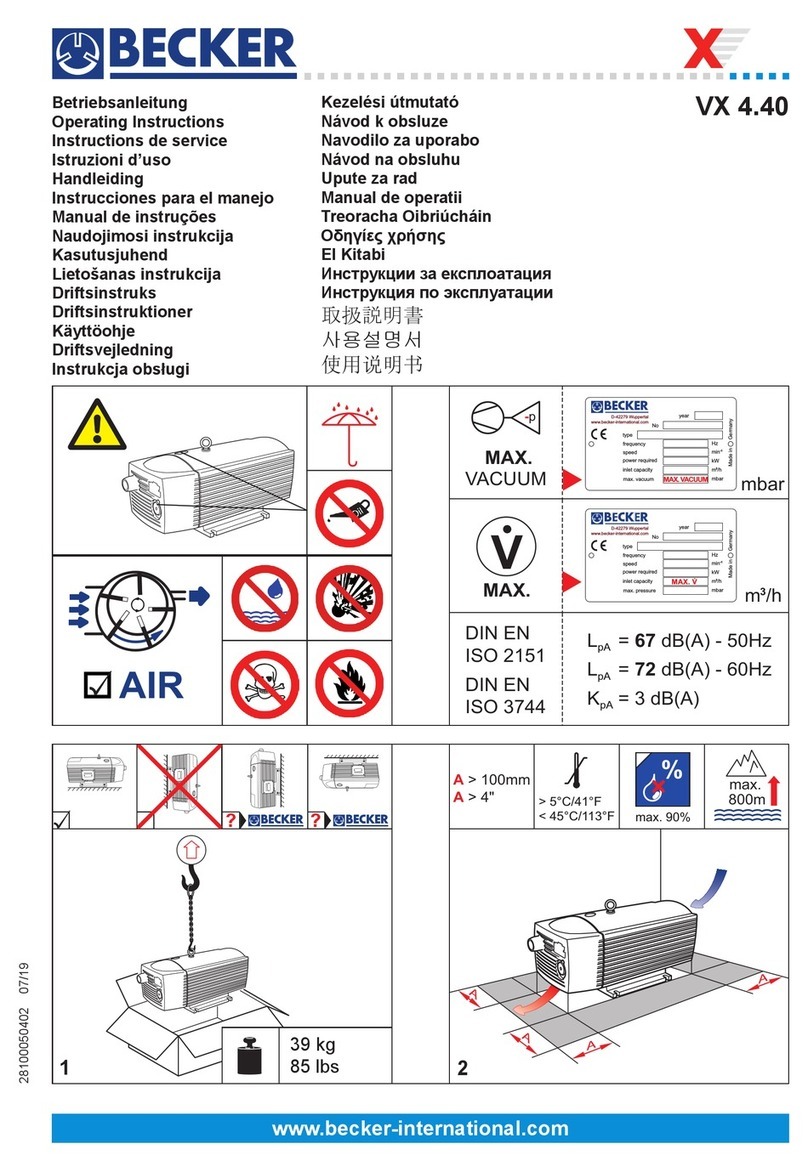
Becker
Becker VX 4.40 operating instructions

ProMinent
ProMinent DULCOflex DF4a Assembly and operating instructions

salmson
salmson MUV Series Installation and starting instructions

GORMAN-RUPP PUMPS
GORMAN-RUPP PUMPS PA Series Installation, operation, and maintenance manual with parts list
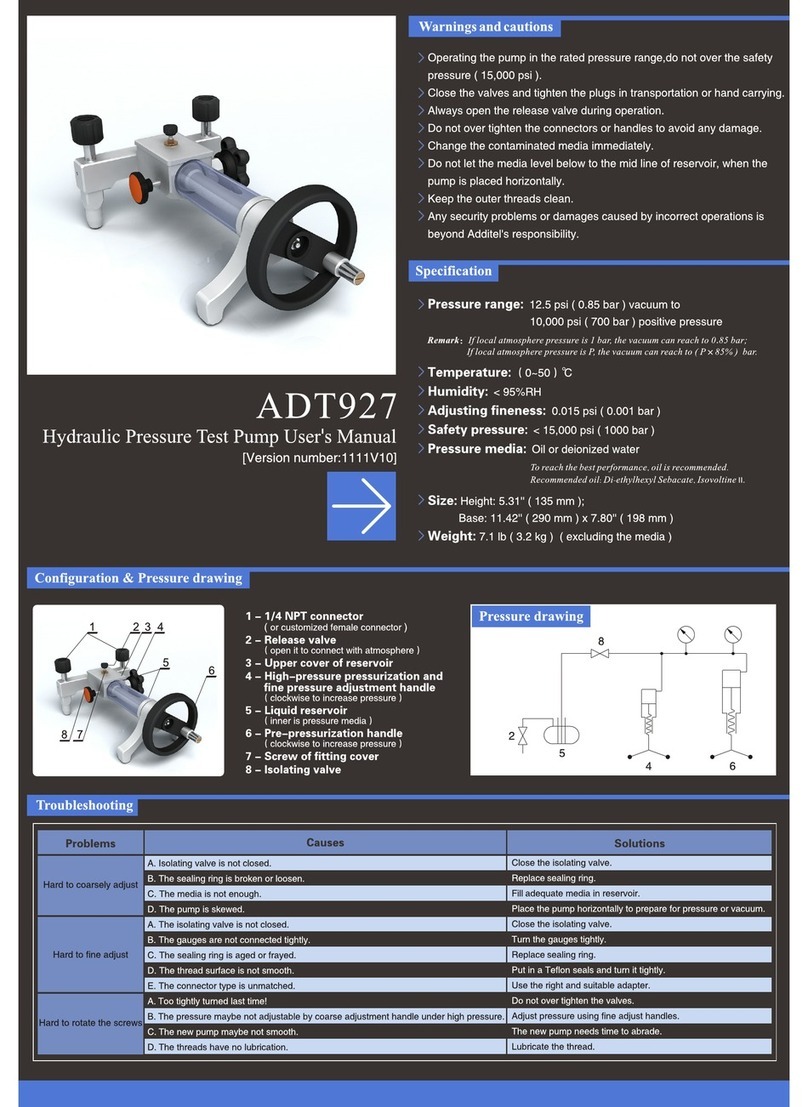
Additel
Additel ADT927 user manual



